.
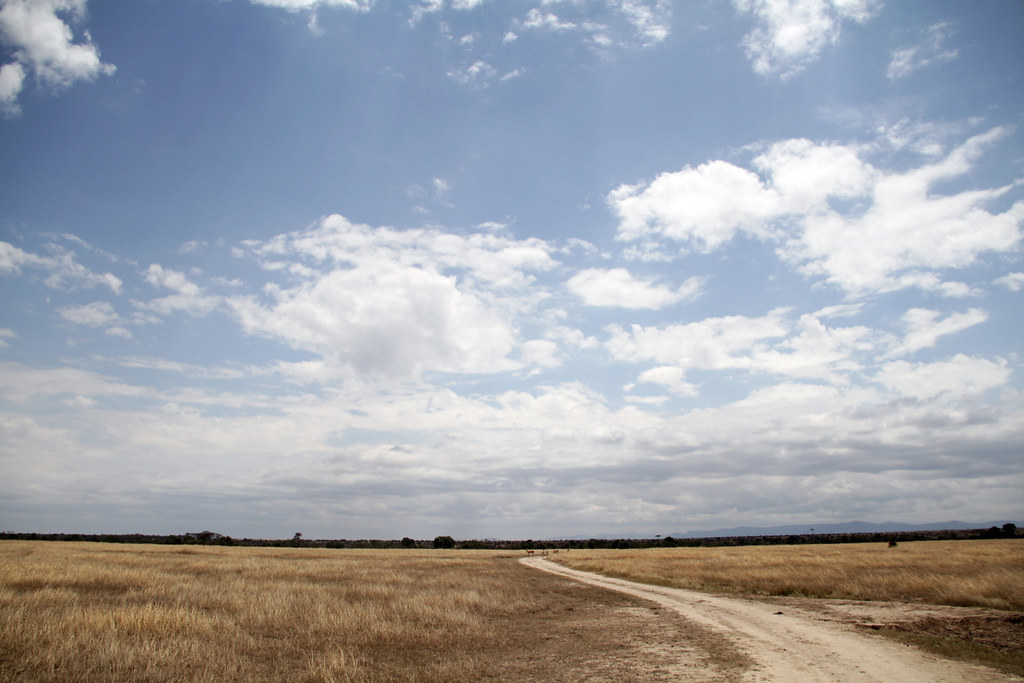
Ol Pejeta Conservancy, Kenya: photo by Valentina Storti, 11 August 2010
Though the book is known in English as The Leopard, the original title of Giuseppe Tomasi di Lampedusa's novel Il Gattopardo in fact refers to a serval (Leptailurus serval). A savanna cat rarely seen north of the Sahara, the serval has a few remaining North African ranges, one of these bordering on Lampedusa in Sicily, where the great historical novel is set. This animal figures in the coat of arms of the Tomasi family.
Noi fummo i Gattopardi, i Leoni; quelli che ci sostituiranno saranno gli sciacalletti, le iene; e tutti quanti Gattopardi, sciacalli e pecore, continueremo a crederci il sale della terra.
We were the Leopards, the Lions; those who'll take our place will be little jackals, hyenas; and the whole lot of us, Leopards, jackals, and sheep, we'll all go on thinking ourselves the salt of the earth.
__
Don Fabrizio had always known that sensation. For a dozen years or so he had been feeling as if the vital fluid, the faculty of existing, life itself in fact and perhaps even the will to go on living, were ebbing out of him slowly but steadily, as grains of sand cluster and then line up one by one, unhurried, unceasing, before the narrow neck of an hourglass. In some moments of intense activity or concentration this sense of continual loss would vanish, to reappear impassively in brief instants of silence or introspection; just as a constant buzzing in the ears or the ticking of a pendulum superimposes itself when all else is silent, assuring us of always being there, watchful, even when we do not hear it.
-- Giuseppe Tomasi di Lampedusa: Il Gattopardo (The Leopard), 1958
Night about to fall, shadows
stretching across
the hunting ground
of the serval.
In the long grass, the ears
as radar; the watching,
the listening
................and then
the swift burst
through the grass;
the pause;
the quiet springing.
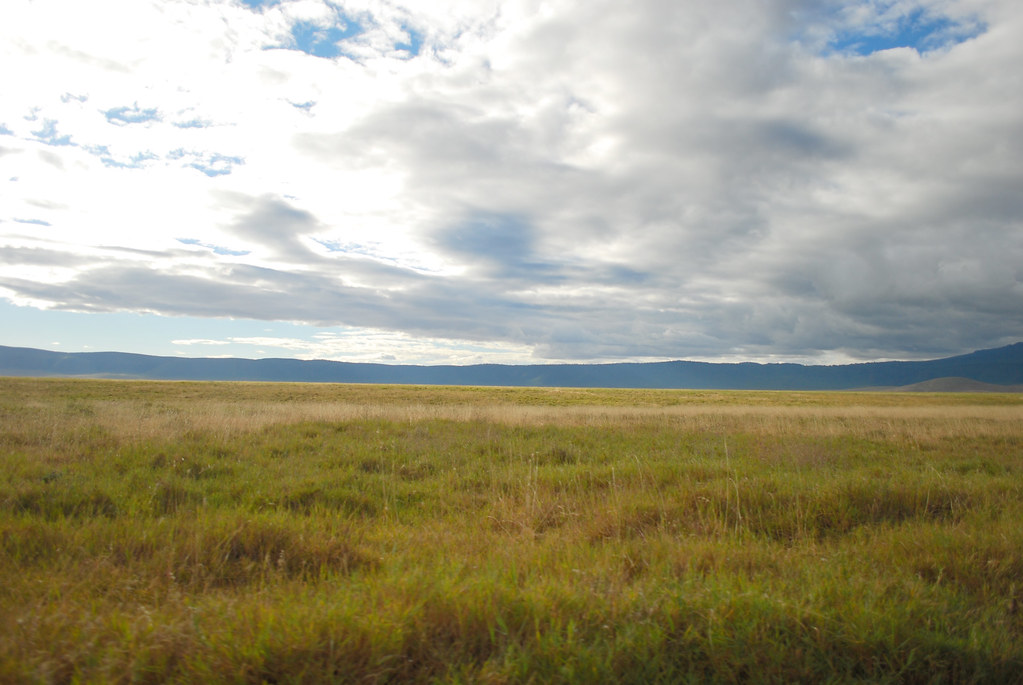
The Crater Floor, Ngorongoro Crater, Arusha, Tanzania: photo by Brandon Daniel, 17 June 2009
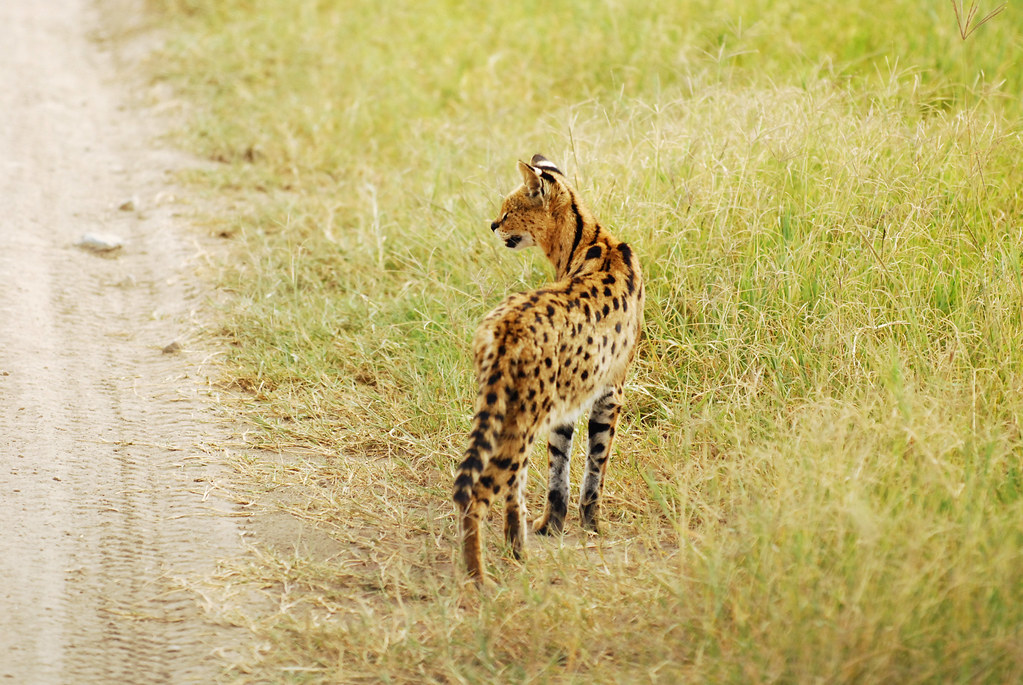
Serval (Leptailurus serval), Ngorongoro Crater, Arusha, Tanzania: photo by Brandon Daniel, 17 June 2009
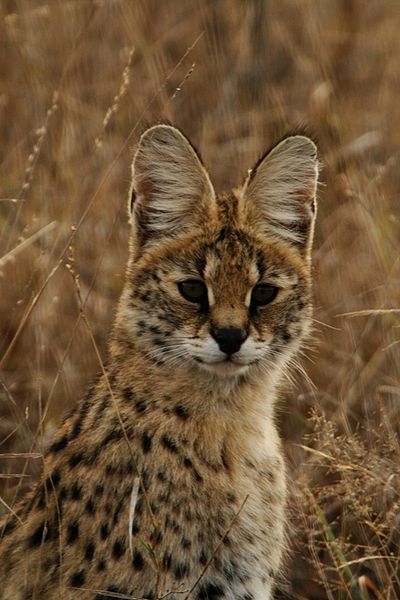
Serval (Leptailurus serval) in Sabi Sands, South Africa. Note the large ears adapted for hearing small prey: photo by Lee R. Berger, 26 July 2007
Serval (Leptailurus serval), Sabi Sands, South Africa. Seen from behind. Note the white markings on the ears (ocelli) used to signal kittens while hunting: photo by Lee R. Berger, 26 July 2007

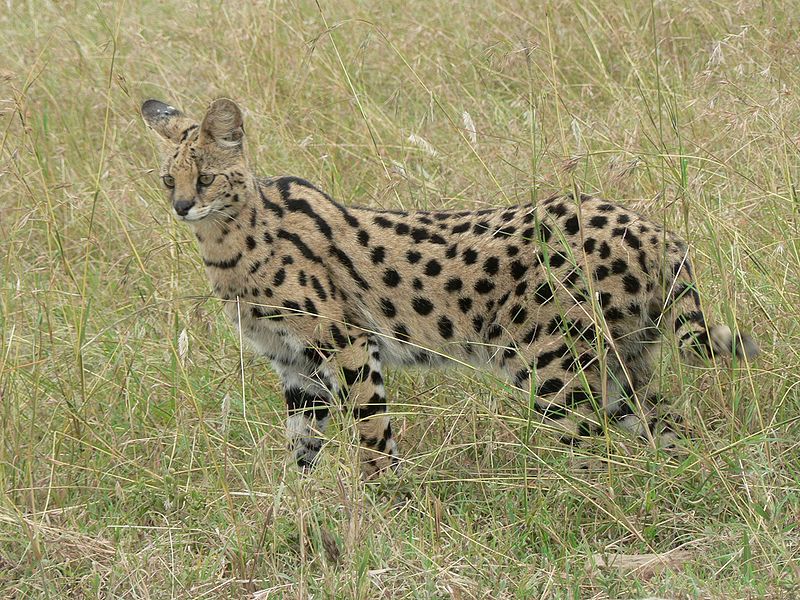
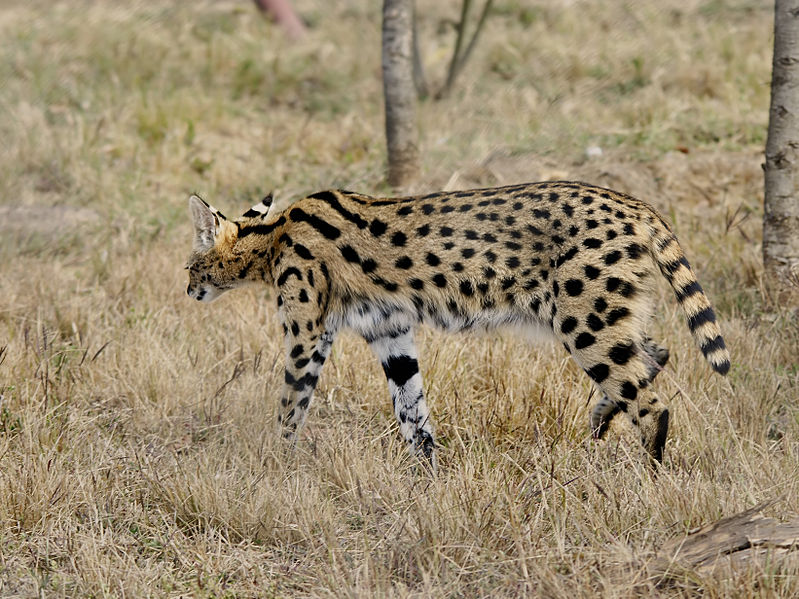


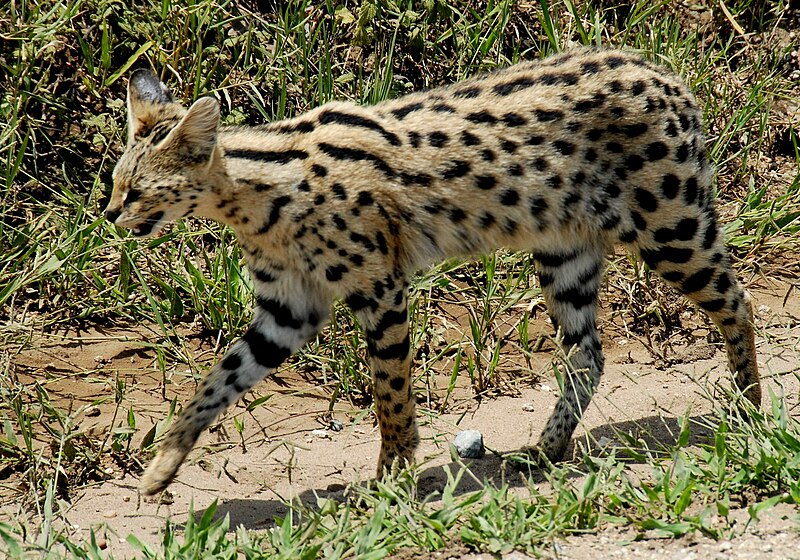


No comments:
Post a Comment